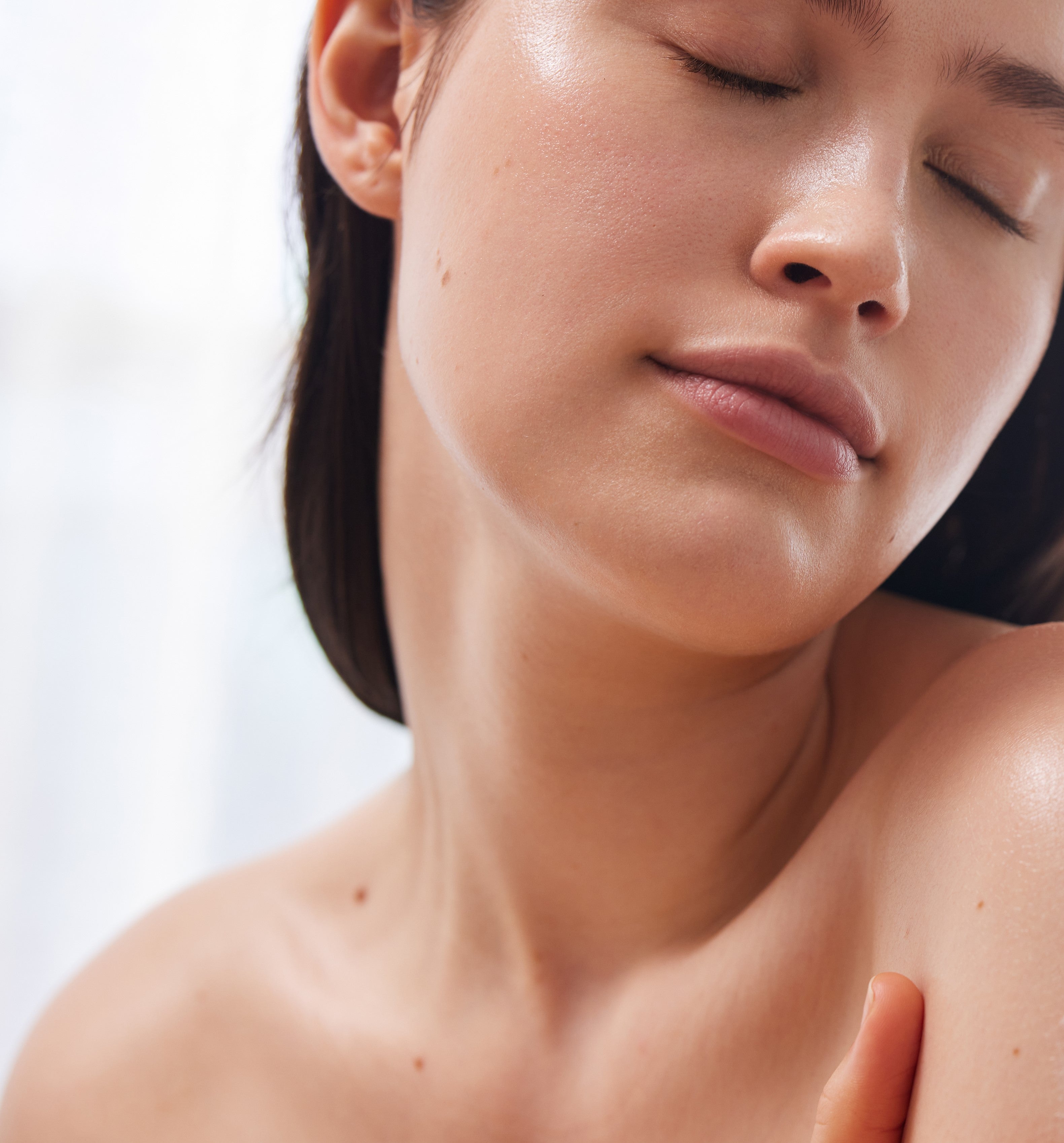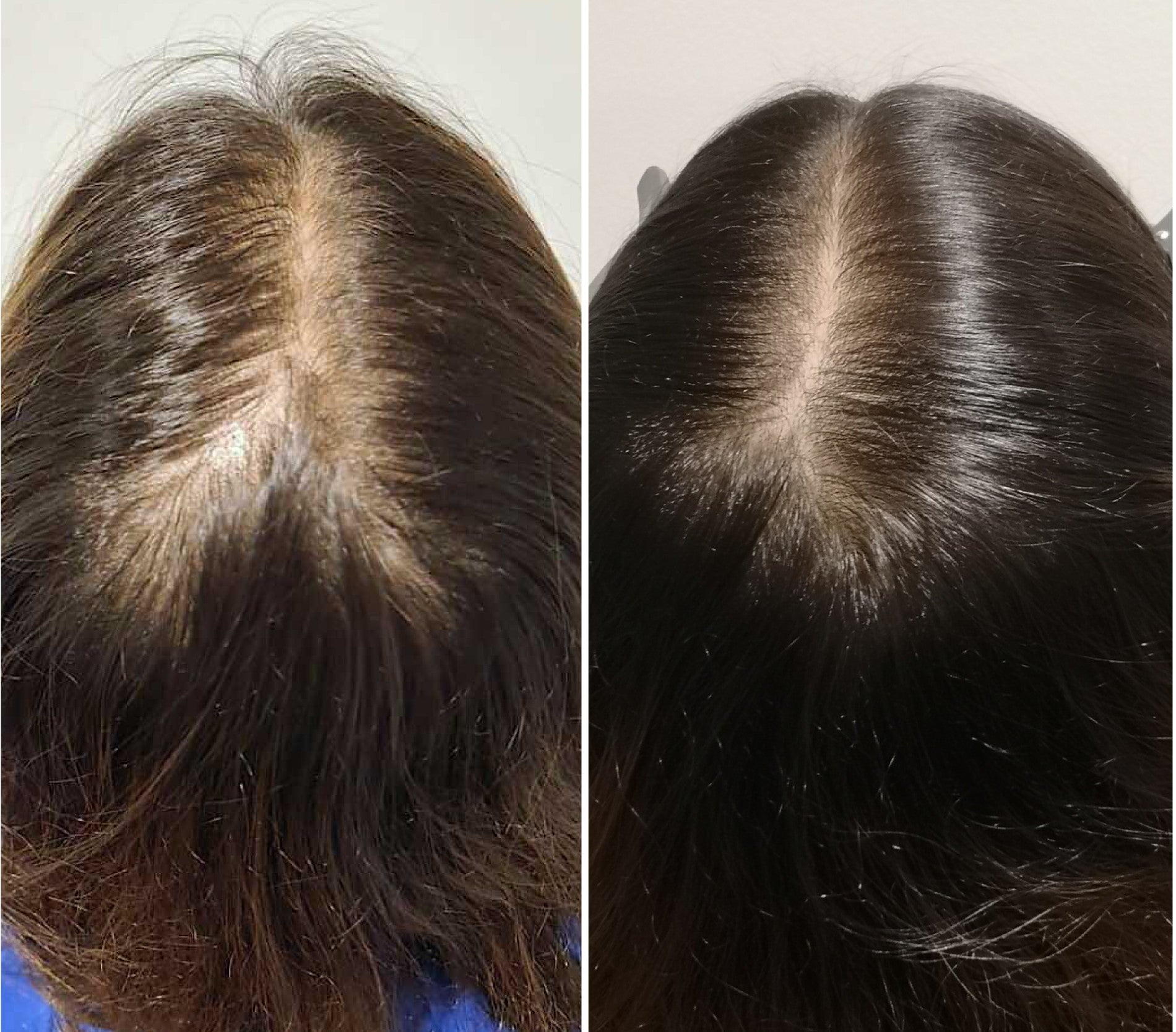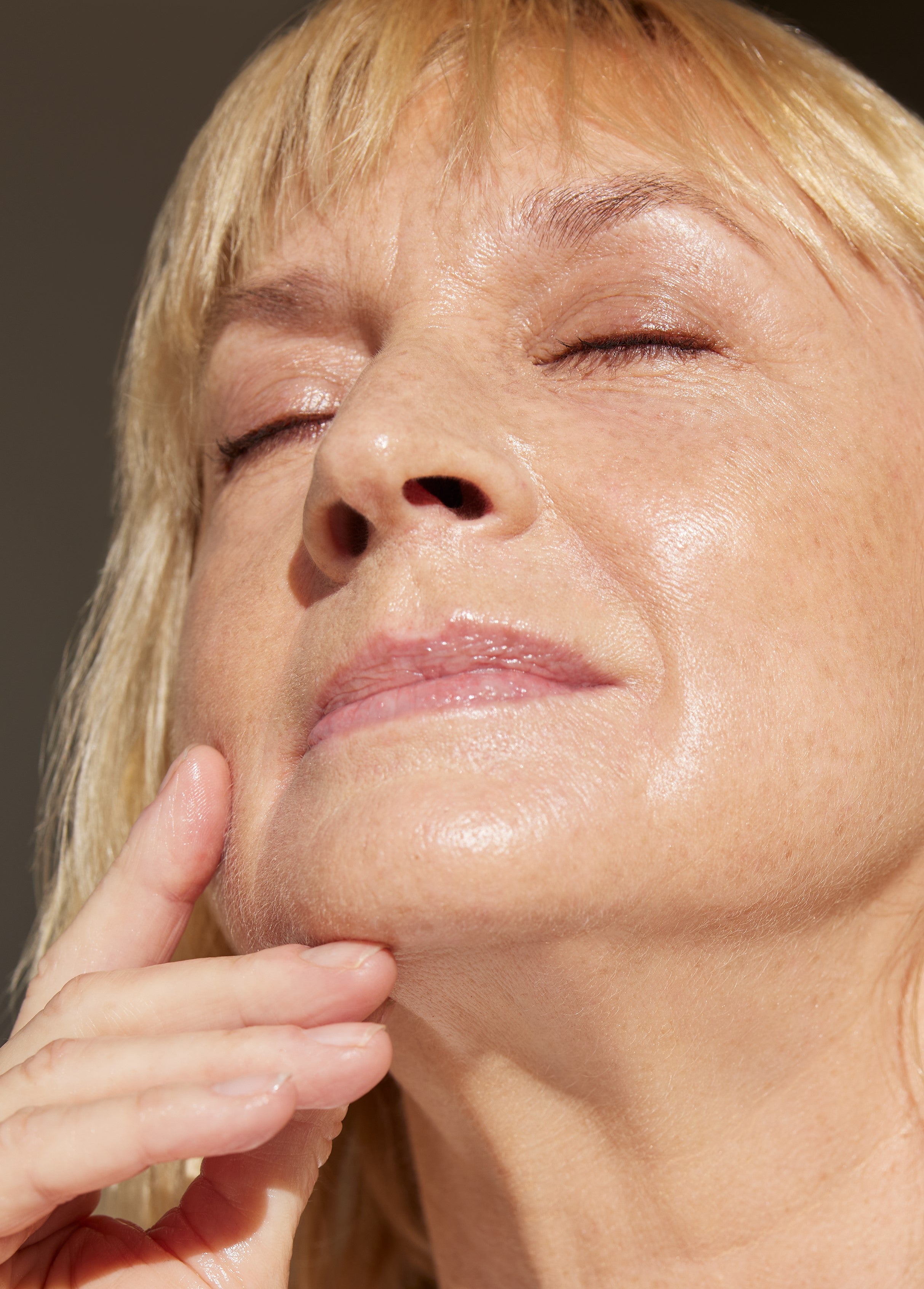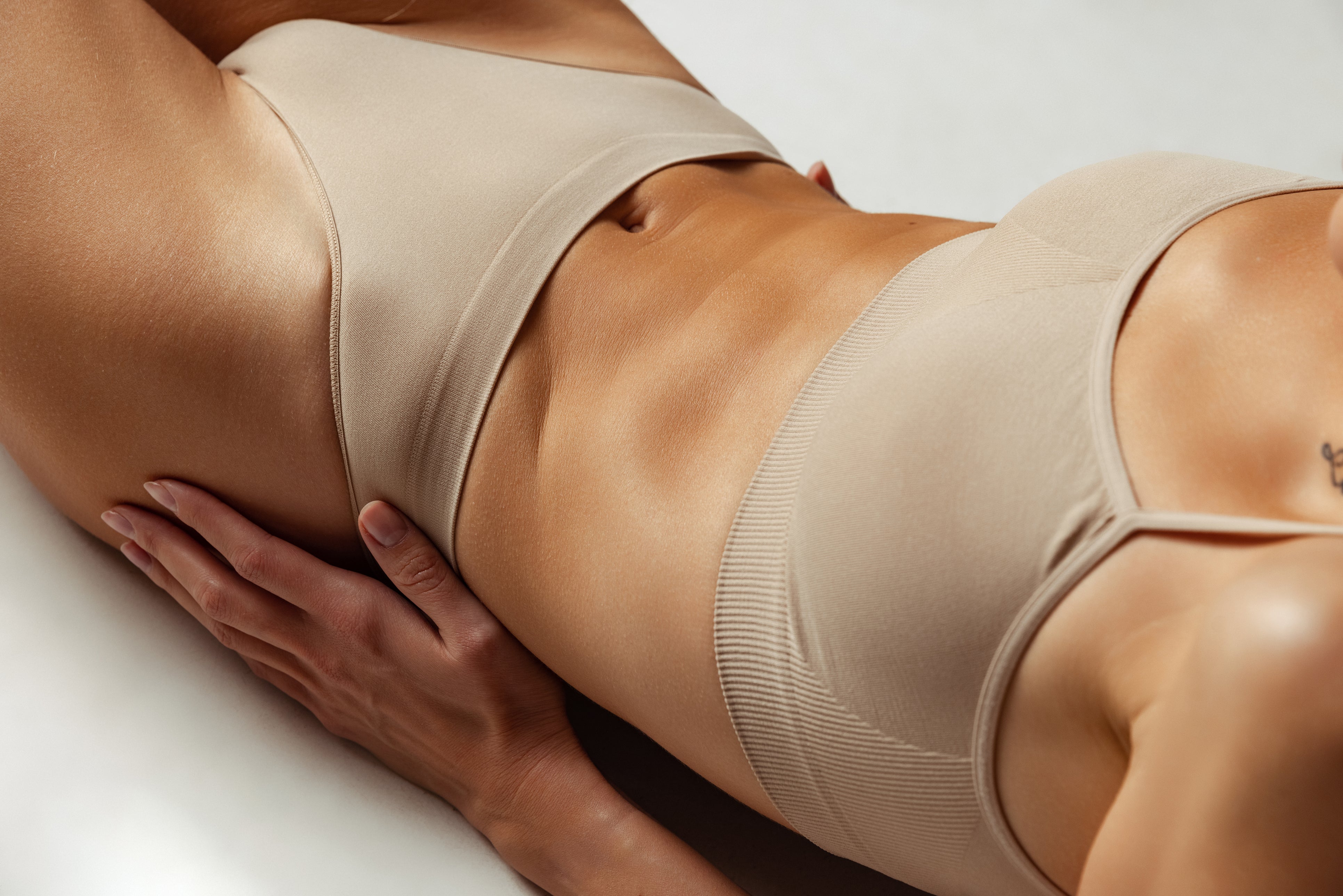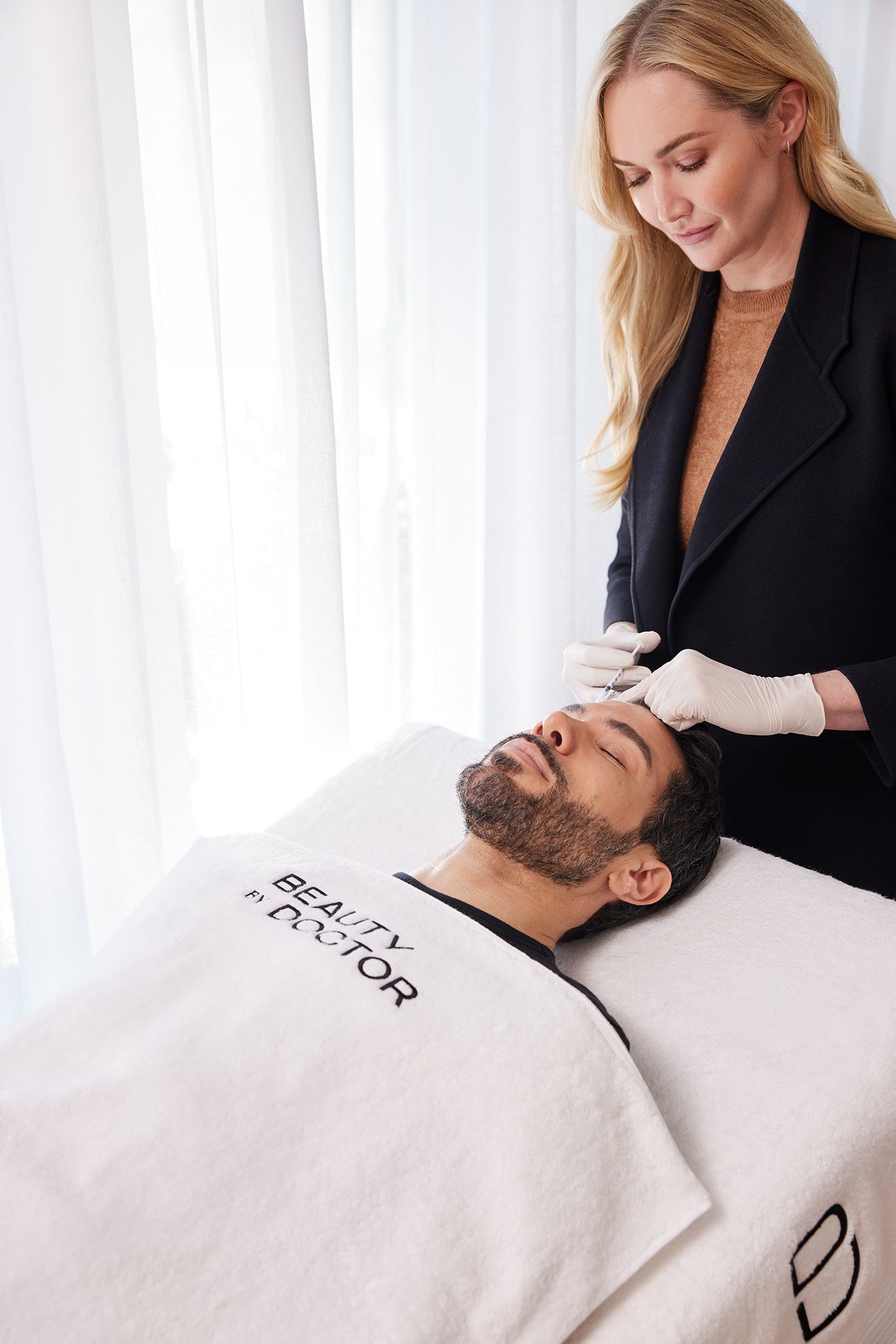Menopausal Hair Loss
Menopausal Hair Loss
Hair Loss

Menopausal hair loss, medically known as hormonal alopecia, is an increasingly common concern among women over 40, particularly during perimenopause and menopause. Unlike general hair thinning or temporary shedding, menopausal hair loss is largely driven by hormonal fluctuations that occur naturally as part of the ageing process.
Understanding Menopausal Hair Loss: Causes, Changes, and Advanced Treatment Solutions
For many women experiencing hair thinning during perimenopause or menopause, the loss can be subtle at first, gradually becoming more pronounced, impacting self-esteem and confidence over time. Understanding the root causes, underlying physiological changes and advanced treatments is the first step towards managing menopausal hair loss effectively. For women experiencing hair thinning in Sydney, particularly Sydney's Eastern Suburbs, it's reassuring to know that medically supervised, scientifically proven solutions are available.
What is Menopausal Hair Loss?
Menopausal hair loss refers to the thinning or shedding of hair associated directly with hormonal changes during perimenopause and menopause. Unlike male pattern baldness, which typically follows a predictable pattern starting at the temples and crown, female menopausal hair loss usually manifests as diffuse thinning across the entire scalp, particularly noticeable around the parting line and the top of the head.
It's estimated that over 40% of women notice significant hair thinning during perimenopause, with the prevalence increasing after menopause. Typically beginning in a woman's mid-to-late 40s or early 50s, this type of hair loss progresses gradually, becoming more evident over time without intervention.
What Causes Menopausal Hair Loss?
Menopausal hair loss is primarily influenced by hormonal shifts, but other factors contribute as well:
Hormonal Fluctuations: As women approach menopause, their oestrogen and progesterone levels drop significantly. This hormonal shift increases sensitivity to androgenic hormones, particularly dihydrotestosterone (DHT). Although women produce lower levels of DHT than men, the reduction of protective female hormones can make follicles more sensitive, resulting in follicular miniaturisation and hair loss.
Genetics and Family History: Genetics plays a crucial role in menopausal hair thinning. Women who have close relatives experiencing hair loss during or after menopause are often predisposed to similar conditions. Genetic predisposition influences how susceptible hair follicles are to hormonal changes.
Stress and Lifestyle Factors: Increased stress, dietary changes, or nutrient deficiencies during menopause can exacerbate hair loss. Stress triggers hormonal fluctuations and may lead to inflammation, further contributing to hair thinning.
Physiological Changes During Menopausal Hair Loss
To effectively treat hormonal hair loss in women over 40, understanding the physiological changes occurring within the scalp is essential:
Follicular Miniaturisation
Much like male pattern baldness, menopausal hair loss involves follicular miniaturisation:
Shortened Anagen Phase: Hair growth phases shorten, giving less time for hairs to grow to full length and thickness.
Increased Telogen Phase: Hairs rest longer, shedding more frequently.
Reduced Hair Diameter: Hair strands become finer, thinner, and more fragile, making the scalp more visible.
Scalp Micro-inflammation
Chronic, low-grade inflammation around hair follicles occurs frequently during menopausal hair loss. This inflammation may impair follicular health and slow hair regrowth.
Changes in Scalp Blood Flow
Reduced microcirculation in the scalp can contribute to hair thinning. Healthy blood circulation is vital for delivering nutrients and oxygen essential for follicular health and growth.
Altered Growth Factor Signalling
Growth factors crucial for follicle stimulation diminish or become disrupted. The decrease in oestrogen impacts the balance of growth factors and signalling molecules necessary for healthy hair growth.
What Signs Should You Look For?
Recognising the early signs of menopausal hair loss allows for prompt intervention, increasing the chances of successful management:
Diffuse Hair Thinning: Noticeably thinner hair around the part and crown area.
Wider Parting Line: Gradual widening of the hair's natural part.
Increased Hair Shedding: More hair found on pillows, combs, or in the shower drain.
Reduced Hair Volume: General decrease in overall hair density, particularly on top of the scalp.
Advanced Treatments for Menopausal Hair Loss: A Holistic Approach
Given the complexity and multifactorial nature of menopausal hair loss, a comprehensive, multi-step treatment approach yields optimal results.
At Beauty by Doctor in Bondi Junction, Sydney, Medical Director Dr Phoebe Jones and her team have curated advanced, science-based protocols specifically tailored to manage and reverse menopausal hair thinning.
The BBD Menopausal Hair Restoration Protocol Featuring Calecim® Professional
Our signature menopausal hair restoration approach is personalised to individual needs, combining clinically proven treatments:
Stage 1: Calecim® Professional Advanced Hair System
What it is: Calecim® utilises ethically sourced umbilical cord lining stem cell proteins. It contains over 3,000 proteins, growth factors, and cytokines, essential for revitalising follicle health.
How it works: Calecim® actively counteracts follicular miniaturisation, helping to lengthen hair growth phases, reducing scalp inflammation, and restoring follicle function, leading to thicker, healthier hair growth.
Stage 2: Microneedling for the Scalp
What it is: A microneedling device creates controlled micro-injuries to the scalp, precisely targeting deep scalp tissue.
How it works: It creates controlled micro-injuries, prompting the body's natural healing response, stimulating growth factors, collagen production, and enhanced scalp blood flow. It also creates channels allowing Calecim® serum deeper penetration, boosting its effectiveness significantly.
Stage 3: LED Light Therapy
What it is: LED therapy uses specific red and near-infrared wavelengths, clinically proven to enhance scalp health and hair follicle stimulation.
How it works: Non-invasive and painless, LED reduces inflammation, increases cellular energy, enhances blood circulation, and supports follicular regeneration.
Stage 4: Personalised Prescription Hair Medications
What it is: Following thorough medical assessment, the BBD physicians can prescribe compounded medications tailored specifically for menopausal hair loss.
How it works: These targeted treatments boost scalp health, stimulate blood flow, and encourage sustained hair regrowth without the use of oral finasteride, aligning with the unique hormonal profiles of menopausal women.
Ongoing Maintenance for Lasting Results
Menopausal hair loss is progressive and chronic. While significant improvements can be made through dedicated treatments, maintaining these results requires a sustainable, personalised maintenance approach. This typically involves periodic clinic visits for treatments like Calecim®, Microneedling, and LED therapy, alongside tailored topical medications.
Frequently Asked Questions (FAQs)
How soon will I see results from treatment?
Most women see initial hair texture, shedding, and scalp health improvements within 6-8 weeks. More visible regrowth and density typically develop after 3 months of consistent treatment.
Are scalp microneedling treatments painful?
Discomfort is minimal, usually managed effectively with oral pain medication and nitrous oxide (happy gas), subject to patient suitability.. Patients generally tolerate the procedure well, experiencing only prickling sensations.
Who is suitable for these treatments?
Women experiencing hair thinning or diffuse hair loss during peri- or post-menopause are ideal candidates. A personalised consultation will confirm suitability and outline expected outcomes.
Are results permanent?
Results can be sustained with ongoing maintenance. Menopausal hair loss treatment is about management and long-term care, necessitating continuous follow-ups and maintenance therapies.
Take Control of Menopausal Hair Loss Today
Experiencing hair loss during menopause doesn't mean accepting thinning hair as inevitable. At Beauty by Doctor, Bondi Junction, we provide advanced, clinically proven treatments tailored specifically for hormonal hair loss in women over 40.
Serving women across Bondi Junction, Sydney's Eastern Suburbs, and the greater Sydney area, Dr Phoebe Jones and her expert team are ready to guide you through personalised solutions for thicker, healthier, and more confident hair.
For more information on the BBD Advanced Hair Loss Treatment featuring Calecim® Professional, click HERE.
To learn more and discuss your specific hair loss concerns, schedule your consultation at Beauty by Doctor today.


